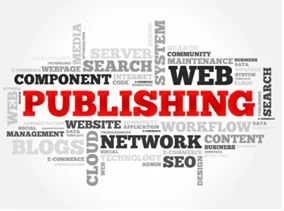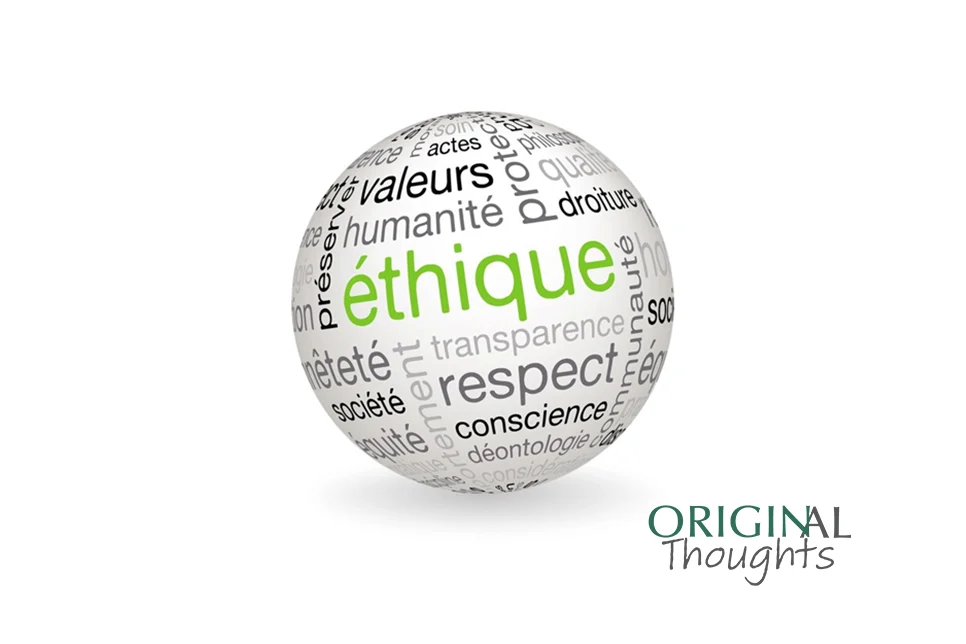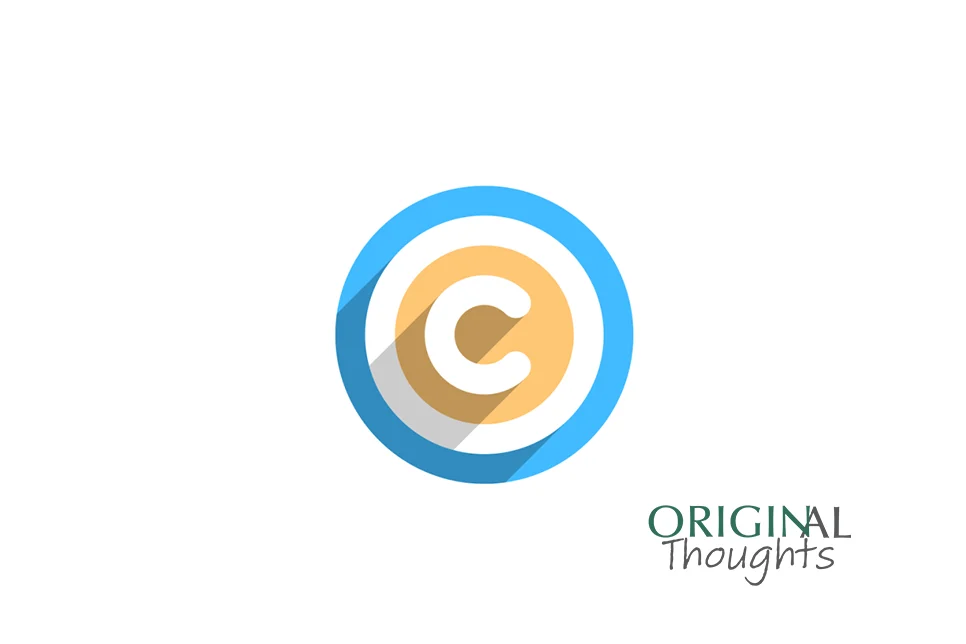A journal’s workflow dictates how articles make their way through submission, peer review, decision-making, production and then, into an issue and the hands of readers. Whether a print publication or an online (digital) publication, the editorial office workflow is a critical component to compiling articles for an issue and how that issue is released.
f you’re currently in the driver’s seat of your journals’ social media program, you may find it daunting in a variety of ways. With every post I crafted for our journal social media accounts, I’d find myself questioning if what I wrote captured the most compelling takeaway for that particular research article.
In this article I will discuss hard and soft skills and how to define, evaluate, develop, and measure these attributes as they pertain to a contractor whose success with signing and keeping clients is often tied to a strong skill set in both. As independent consultants and often small-business owners, the ability to communicate effectively, yet diplomatically, with potential and existing clients is the key to growing your business. While your technical publication skills, whether copyediting, proofreading, or writing, etc. could be stellar, if initial conversations or contract negotiations don’t convey a respectful approach with your patron then chances are they will move on to another talented consultant whose tone was more professional.
Earlier this summer, KnowledgeWorks Global Ltd. welcomed Vanessa Vaughn as Senior Director, Content Services in our K-12 and Higher Education group to oversee content development for science and humanities subjects.
The textbook definition of “ethics” is: the rules of conduct recognized in respect to a particular class of human actions or a particular group, culture, etc. Ethics as they govern publishing have taken on a larger and broader scope throughout the course of my 28-year career, extending beyond the more traditional forms of ethics policies. Ethics historically focused on figure manipulation and plagiarism – but now we have moved into an era of paper mills and AI-generated reviews and manuscripts. How you handle ethics in your editorial office is extremely important to all stakeholders involved in the peer review process; therefore, having a firm grasp on exactly what your policies are and how you enforce them is paramount.
In this second of three posts on the theme of reviewer training as a form of engagement to both increase reviewer invitation acceptance rates and elevate review standards, we look at a variety of training programs that have already been implemented. This endeavor was not a methodologically driven academic exercise. Instead, the purpose of this post is simply to collate some potentially inspiring programs that journals and societies may consider emulating. The final post in this series will reflect upon the issues associated with implementing a peer reviewer-training program.
In the summer of 2020, when I was still the vice president of publishing for the American Gastroenterological Association (AGA), our editorial staff and editors were moved to reflect, as many in our industry were, on how we might rise to the call of ensuring our family of journals was diverse, equitable, and inclusive. On the face of it, we could see that our boards of editors were lacking diversity—but that observation was without data (we didn’t collect demographic information about our editors). Furthermore, we didn’t systematically collect such data on our authors or reviewers, and so while we had a sense that stark disparities and inequities likely existed within our portfolio, we lacked the necessary information to support that thought. It was then that we realized initiating change would be a complex and multi-layered effort. And for me personally, I took a step back and began to educate myself on the scale of these issues and their impact on the entire research ecosystem.
Understanding copyright protection and providing proper support on copyright-related issues presents several challenges for editorial professionals. Over more than a decade of work with authors, editors, and publishers, I have encountered many authors who believe that all they are required to do, before reusing any material, is to credit the original source. Others assume that because an image is available on a website, it can be freely used. Still others realize that permissions are required, but try and get around this by “recreating” the material. Despite this confusion, at its core, copyright law is quite simple: authors must obtain permission from the rights holder to reuse any copyrighted material. Elsevier explains: “As a general rule, permission should be sought from the rights holder to reproduce any substantial part of a copyrighted work. This includes any text, illustrations, charts, tables, photographs, or other material from previously published sources.”
Sometimes a journal’s list of requirements may seem daunting, especially when authors are eager to have their latest research published as soon as possible. Is it necessary that every submission adhere to all established policies? In a word, yes. But why? Policies like those described below are meant to protect not only journals, but also authors, to prevent discrepancies, disagreements, or even legal issues after publication. Policies are usually created because of an issue that has arisen at a journal in the past. When possible, journals should be proactive in their policy creation and then revisit policies routinely. For the sake of transparency, it is crucial that a journal clearly defines all its policies so that authors are fully informed of the expectations prior to submitting.










